Aloha! Hawaii is a proud member of the AAP District VIII Section on Perinatal Pediatrics. The state representative to the District VIII Council is Dr. Venkataraman Balaraman (vbalaraman@hphmg.org).

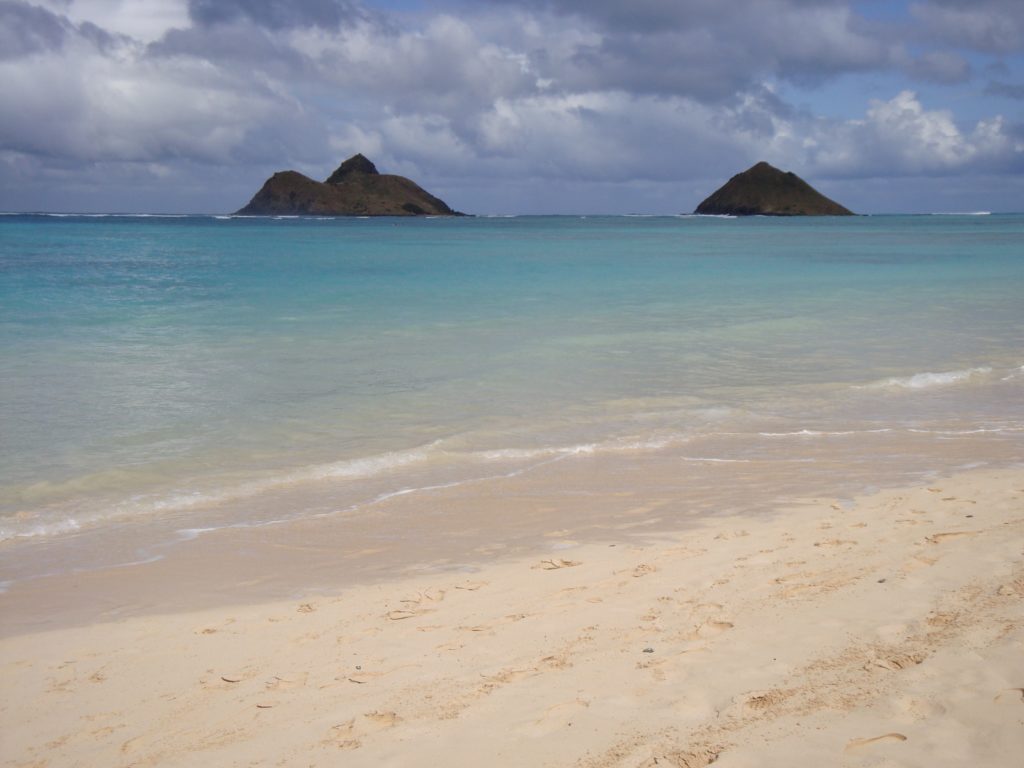
Neonatology in Hawaii
There are three Level III NICUs serving the entire state of Hawaii. Kapiolani Medical Center for Women and Children (www.hawaiipacifichealth.org/kapiolani/), Tripler Army Medical Center and Kaiser Permanente Moanalua Medical Center are all located in the city of Honolulu on the island of Oahu. There are approximately 18,000 births per year in the state.
Kapiolani Medical Center for Women and Children is the only public pediatric tertiary care center in the state. The Kapiolani Transport Team is the only emergency pediatric transport team providing specialized care by both ground and air. The 84 bed NICU located in the Diamond Head Tower offers level III+ neonatal care with 24/7 in-house attending neonatologist coverage. Kapiolani Medical Center serves as the main training site for the John A. Burns School of Medicine/ University of Hawaii Pediatrics and Obstetrics and Gynecology residency programs. It also serves as a training site for the Neonatal-Perinatal Fellowship Program with Tripler Army Medical Center. In 2009, the hospital celebrated 100 years of Caring for Children.
Hanuola (“healing breath”) is the ECMO program of Hawaii, providing extracorporeal life support services for Hawaii and the Pacific Rim. In addition to our clinical program, Hanuola supports both research and quality improvement initiatives. Training and maintaining competency are achieved through our annual training and simulation program. Hanuola has been recognized as an ELSO Center of Excellence, Gold Level, since 2015. For more information contact Sherri Sommer-Candelario, Hanuola Coordinator (sherris@kapiolani.org).


Fun Facts about Hawaii
Hawaii was admitted to the union as the 50th state on August 20, 1959. It is officially known as the “Aloha State”.
Hawaii is the most isolated population center on Earth. It is 2,390 miles (3,850 km) from California, 3,850 miles (6,195 km) from Japan and 4,900 miles (7,885 km) from China.
The state of Hawaii consists of eight larger, populated islands (except of the island of Kahoolawe, which is not populated) and 124 small, uninhabited islands, reefs and atolls stretching from the Nihoa, located about 280 miles (450 km) northwest of Honolulu, all the way to the Kure Atoll, located further northwest. The Hawaiian archipelago spans the distance of 1,524 miles (2,451 km) making Hawaii the longest island chain in the world.
Hawaii has its’ own time zone, Hawaii Standard Time, and does not observe daylight savings. HST is behind Pacific Standard Time by two hours in the winter and three hours in the summer.
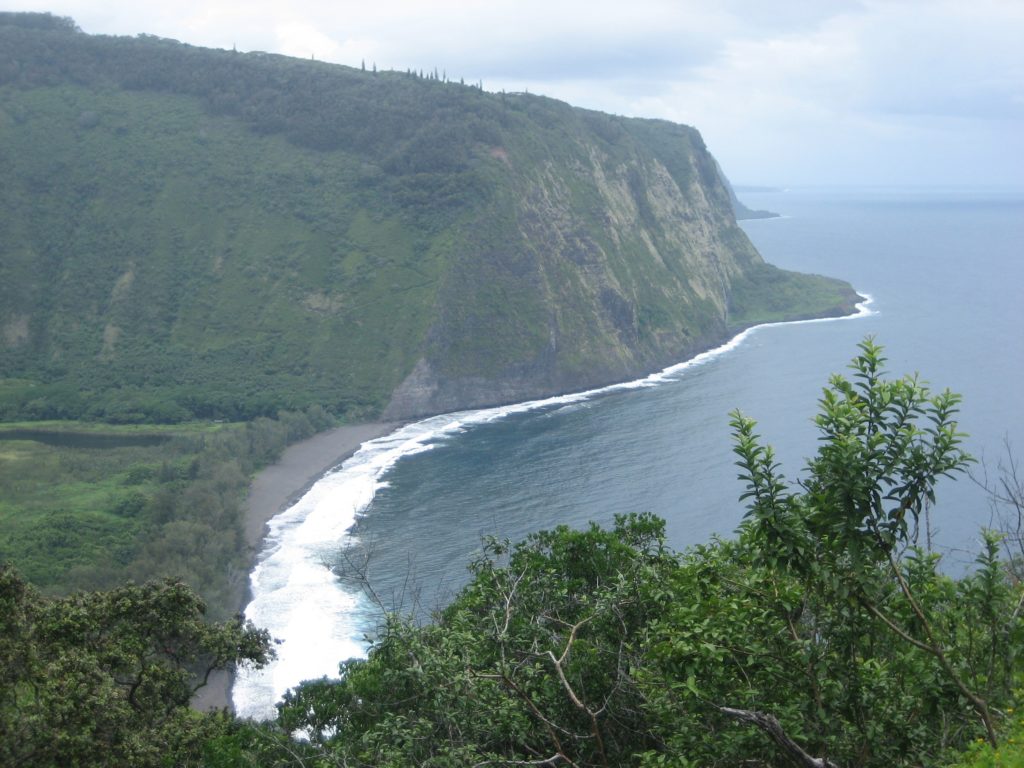
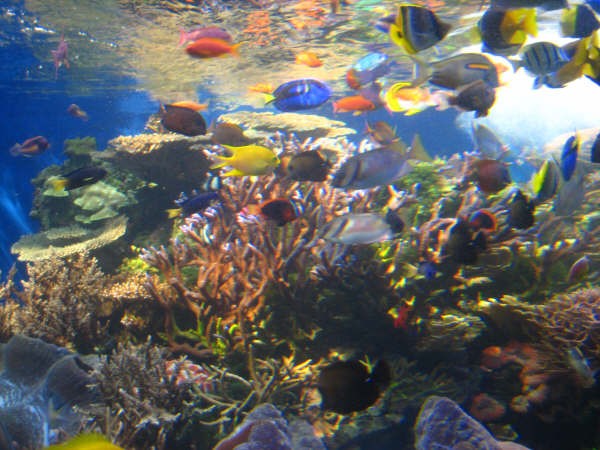
Life in Hawaii
Hawaii’s population is rich with diversity. It is the only state whose majority population is non-white.
Hawaii has perhaps the best weather all year round. The average daytime temperature in January is 72 F and in July is 82 F. Good year-round climate encourages an active lifestyle. Running, hiking, swimming, surfing, golfing, paddle boarding, kayaking can all be done throughout the year. Hawaii has one of the lowest rates of obesity (#49) and has the highest life expectancy in the country.
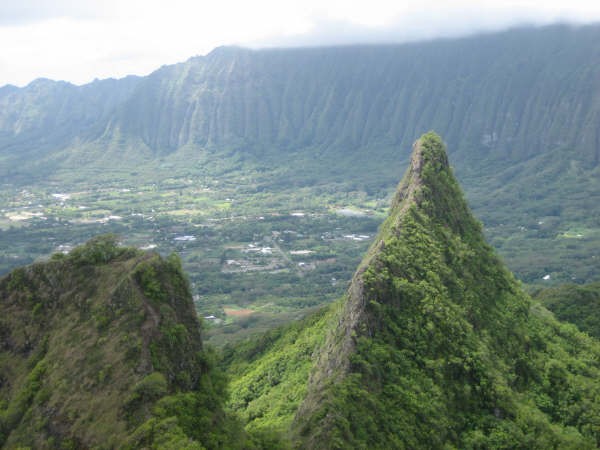
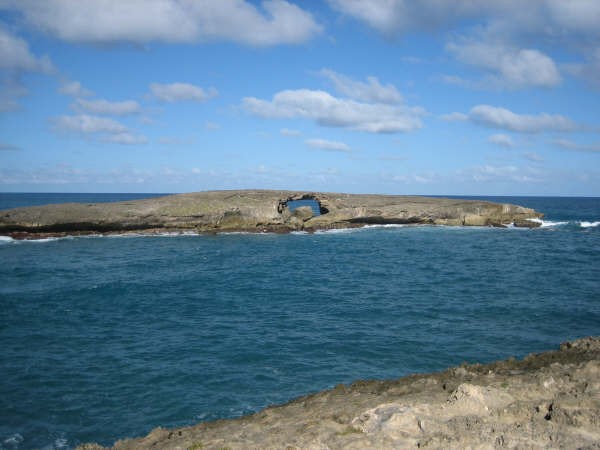
Please direct all job inquiries to Dr Kenneth Nakamura (kennethn@hphmg.org).